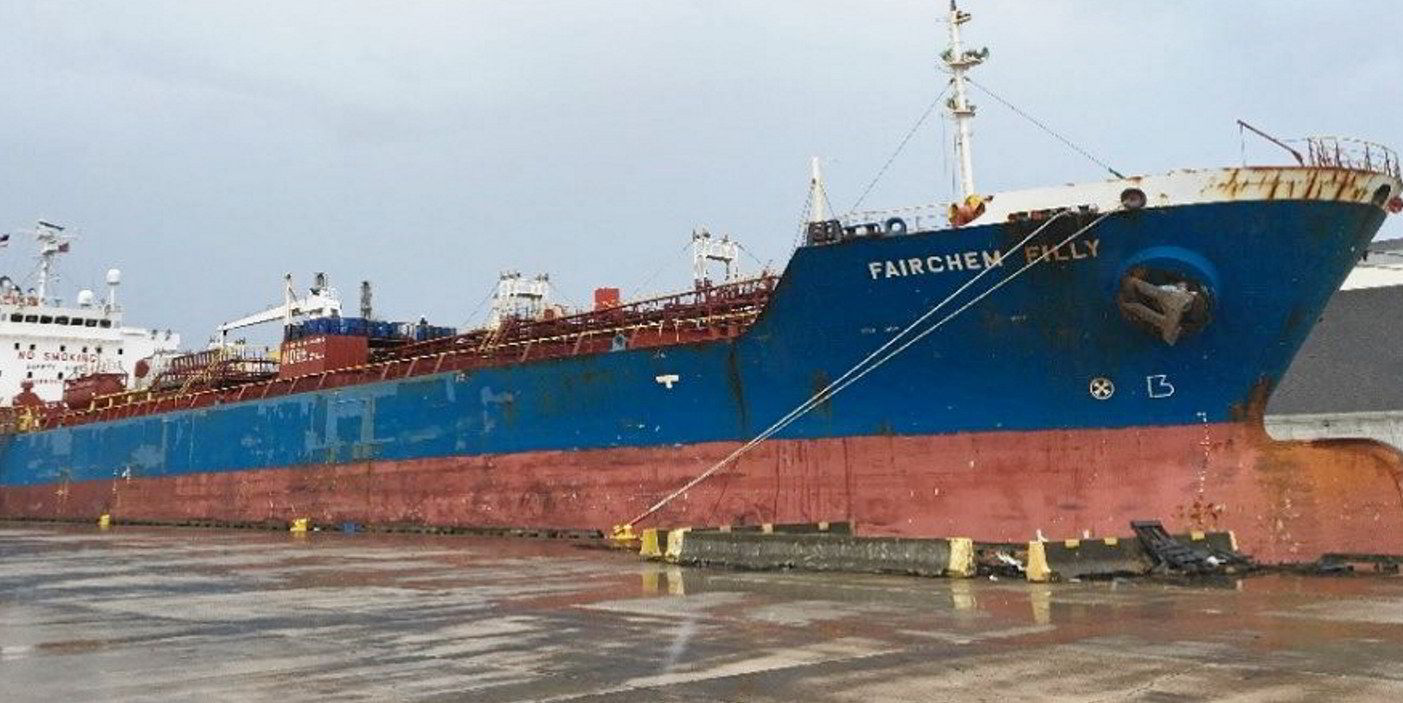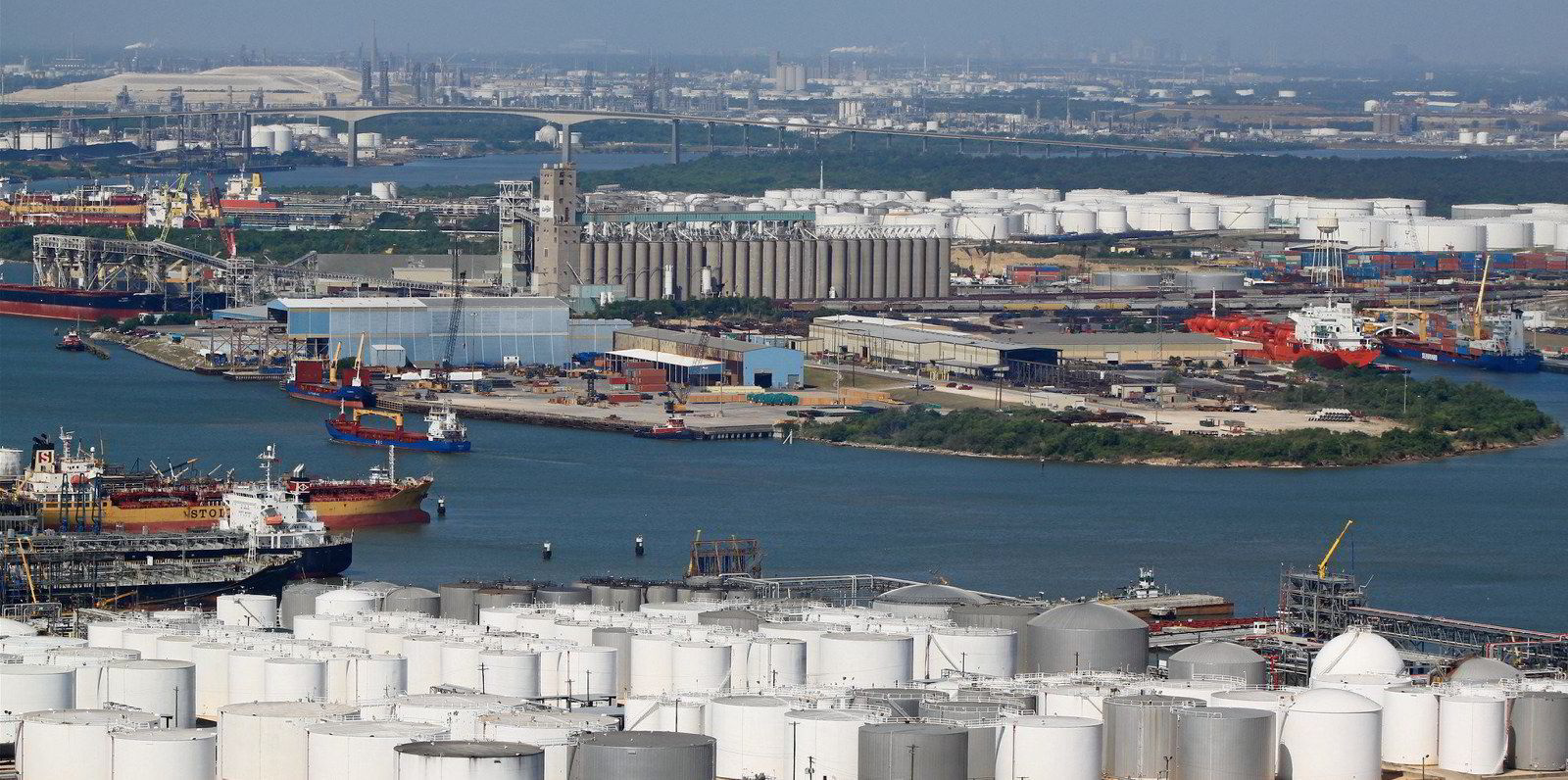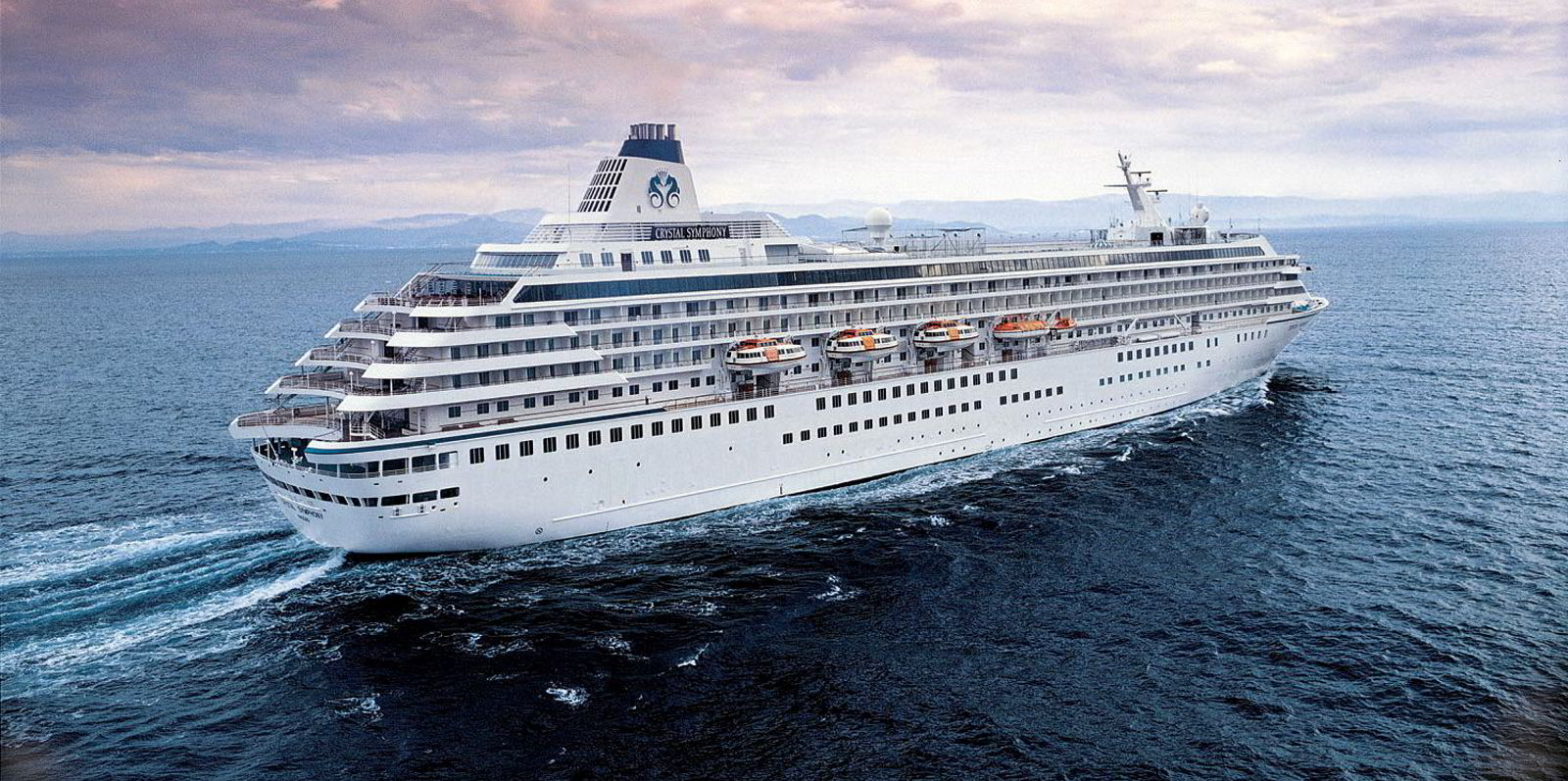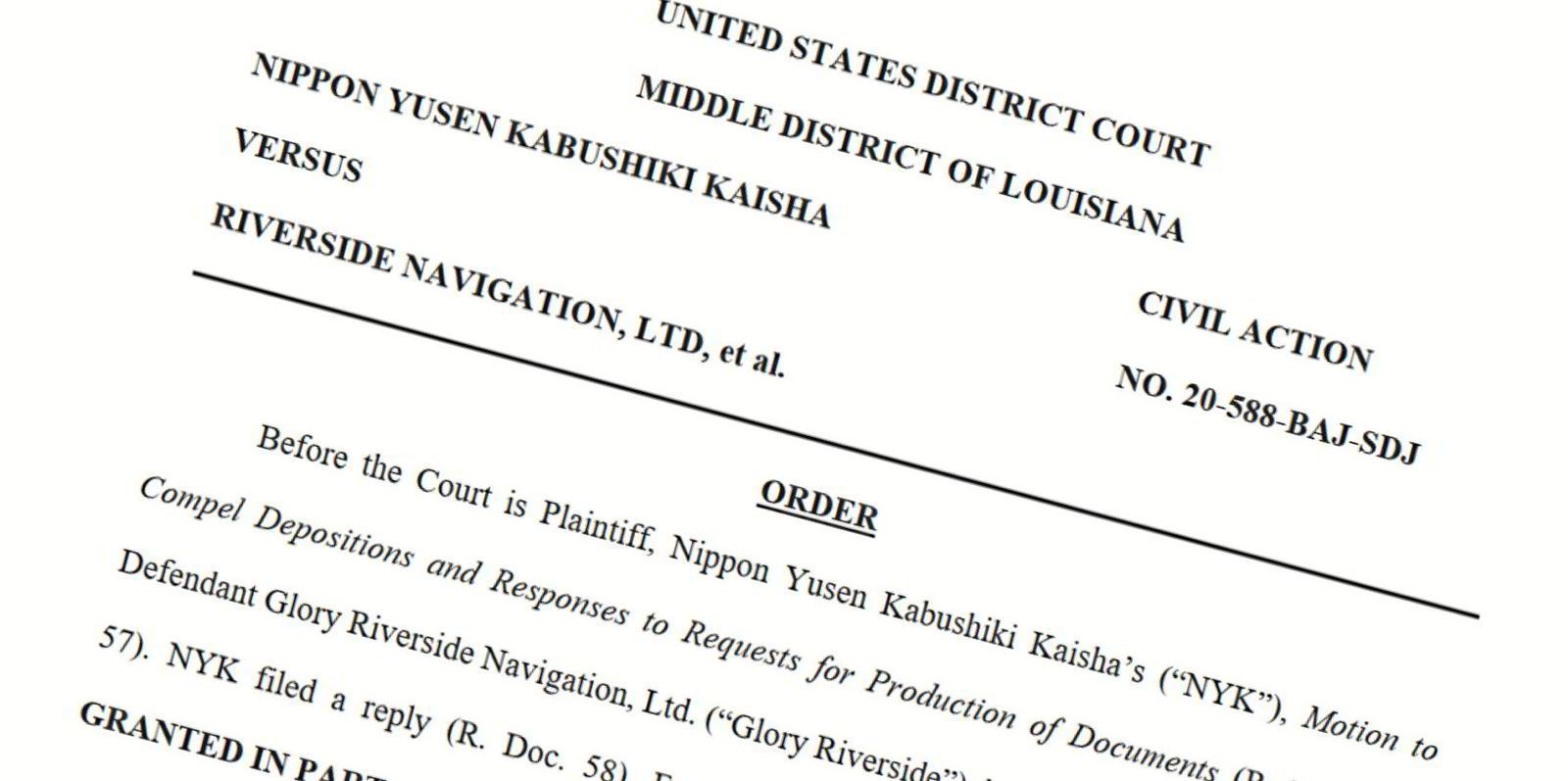As a chemical tanker discharged its cargo at a Vopak terminal near Houston in May 2019, alarms began to sound.
The problem: in two tanks a nitrogen blanket used to prevent the cargo from being contaminated with oxygen was being depleted, according to legal records filed by the owner and manager of the 20,800-dwt Fairchem Filly (built 2007).
The ship’s chief officer made numerous attempts to reach the terminal’s dock supervisor regarding a problem with the nitrogen pressure, to no avail. One of the tanks ultimately ruptured.
Fleet Management and HSL Filly Shipping, a shipowning entity tied to Isle of Man-registered shipowner Harworth Shipping Ltd, are now suing Vopak’s Deer Park terminal on claims that the incident caused more than $2.48m in damage to the tanker.
In a complaint filed against the Dutch terminal operator in a US federal court in Houston, the manager and owner have alleged negligence and breach of warranty. And they argued that Vopak should contribute to claims that they had to pay to cargo interests.
A spokeswoman and a lawyer for Vopak did not immediately respond to comment for this story.
US safety investigators have pointed the blame for the incident on personnel of both the terminal and the vessel.
According to the legal papers filed in the case, the Fairchem Filly was at Vopak’s terminal to discharge cargoes that included a parcel of hexene, a chemical that is transferred under a blanket of inert gas because contact with oxygen can hurt its purity.
Under pressure
Fleet and HSL alleged that Vopak supplied the nitrogen at what their lawyers described as “purging” pressure, rather than the lower pressure required to create the blanket of the gas.
“As a result, MT Fairchem Filly’s cargo tanks 3P and 3S became overpressurised,” the Houston law firm Eastham, Watson, Dale & Forney said in the complaint. There was a rupture of the 3P tank, a release of hexene into the adjacent ballast tank, and the release of ballast water onto the vessel’s deck.”
Though both terminal and vessel personnel shut valves and ceased cargo operations, it was too late. The incident caused damage to the ship and loss of cargo, among other costs alleged by the vessel interests.
Fleet and HSL claimed that vessel and terminal personnel completed a safety checklist and a declaration of inspection before discharge, and both documents indicated that Vopak would apply nitrogen at a “blanketing” pressure.
But they alleged that the terminal failed to provide another form, the nitrogen supply acknowledgement form, that would have told vessel personnel of the pressure levels at which the terminal was supplying nitrogen for purging and blanketing operations.
“Vopak breached this duty by failing to provide the nitrogen at blanketing pressure as it indicated on several pre-cargo operation checklists, failing to use all available means to avoid the risk of releasing nitrogen at purging pressure, failing to provide the vessel with Vopak’s nitrogen supply acknowledgement form, and other acts of negligence,” the lawyers for HSL and Fleet said.
They also alleged Vopak failed to provide services in a “good and workmanlike manner”.
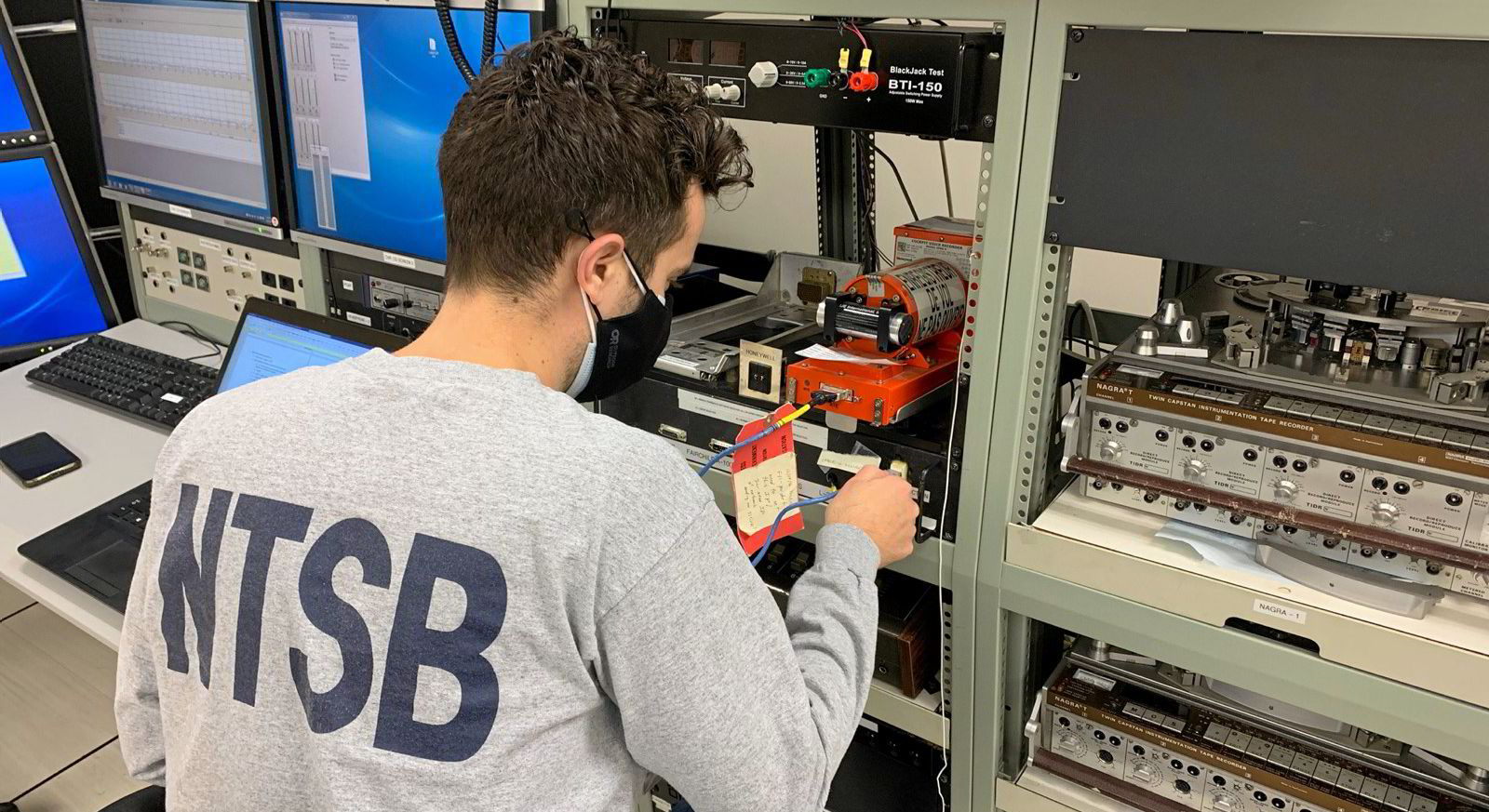
But a report by the National Transportation Safety Board, whose conclusions typically cannot be used in court, blamed the incident primarily on “vessel and terminal personnel involved not following policies and procedures related to cargo discharge and nitrogen-blanketing operations”.
Investigators also said that a lack of communication between the terminal and vessel personnel contributed to the casualty, in addition to the decision the Fairchem Filly’s chief mate made to continue discharging cargo after he was unable to reach Vopak’s Deer Park staff.
“Since the chief officer could not contact the Vopak PIC [person in charge], he ordered the ship’s pumpman to open the ship’s nitrogen supply valve all the way, after which the pressure in the tank should have risen, but it did not,” the NTSB said in the report.
“At this point, instead of securing the vessel’s nitrogen valve and stopping the operation until communications could be restored, the chief officer had the pumpman fully open the nitrogen valve, effectively removing all shipboard throttling control of the nitrogen coming on board.”
The Marshall Islands-flagged Fairchem Filly, which has been renamed Lavraki, is classed by the American Bureau of Shipping and insured by Skuld, as it was at the time of the incident.
